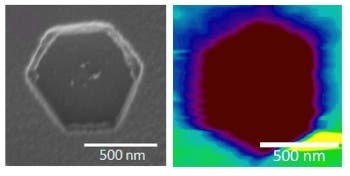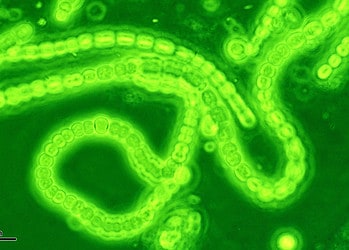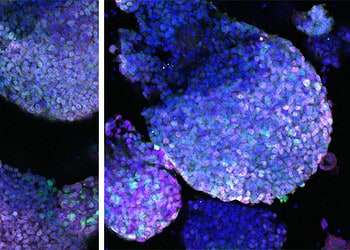To fully understand the processes and mechanisms that work at a cellular level, biologists should study them in their native, watery environments. But how would you go on doing this? Well, leave it to engineers to solve everyone’s problems – they have now deviced a kind of atomic force microscopy that works on samples sitting in water and that is gentle enough to analyze fragile biological surfaces.

Atomic force microscopy (AFM) or scanning force microscopy (SFM) is a very high-resolution type of scanning probe microscopy, which works at incredibly large resolutions, on the order of fractions of a nanometer – there’s 1.000.000.000 nanometers in a meter.
In an AFM experiment, a sharp tip scans over a surface, producing an image based on the forces the tip experiences as it interacts with molecules or atoms on the surface. It then generates images which reveal information about the topographic and electrical properties of a surface. But AFM is not suitable for cells and proteins; cells and proteins are wet, squishy – not really what you want for this technique.
Seong H. Kim, a chemical engineer at Pennsylvania State University, wanted to develop something that works for those kinds of environments as well. He developed a method called scanning polarization force microscopy. Whoa! That sounds really fancy – and it is. In this method, which was first developed in the 90s, physical contact with the surface being imaged is not required. Instead, static charges on the surface either attract or repel the tip, creating a measurable force.
Most people working in the field thought this method wouldn’t work underwater – and they were right, initially; dissolved ions coated the AFM tip, interfering with how the tip interacted with a sample’s surface. But by oscillating the voltages, they were able to overcome this hurdle.
To prove that this method works, Kim’s group imaged a gold surface covered with self-assembled monolayers of charged polymers. With the AFM technique, the team could make a map of the surface’s topography and distinguish between positive and negative charges.
“The fact that you can truly operate in a liquid with this method could make it interesting for biological researchers,” says Adam Z. Stieg of the California NanoSystems Institute at the University of California, Los Angeles. If Kim’s group can demonstrate it with actual biological samples and can make a user-friendly version, he says, the method could offer something unique for biologists. No technique currently used could match the spatial resolution possible with AFM, Stieg says.






